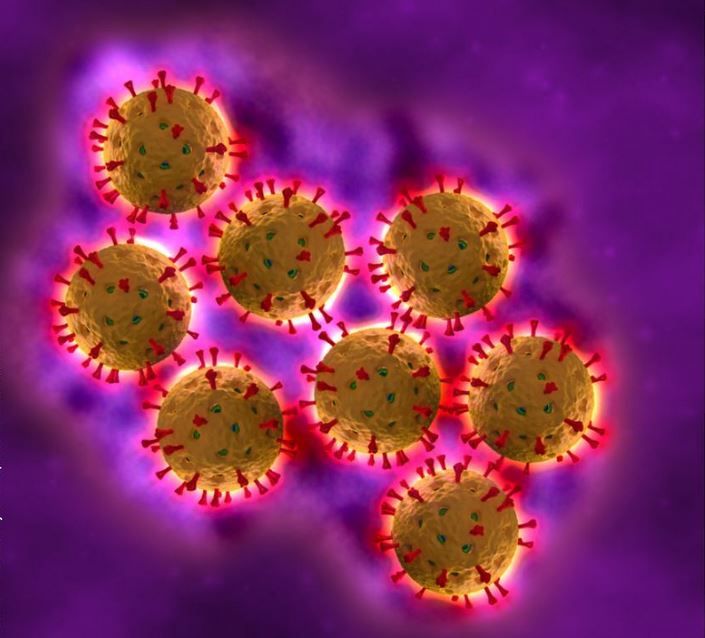Vaccine Side Effects Found to be "Good"
"Vaccine side effects found to be good" is not a sentence that has seen much print. Which vaccine and what was the positive outcome? Click here.
Rotavirus

Findings on vaccine safety from 2 recently published post-marketing studies have uncovered some interesting and actually “good” side effects of an important childhood vaccine.
The vaccine has been shown in one of the studies to reduce the risk of developing type 1 diabetes mellitus (T1DM) by approximately 33%. T1DM, also known as juvenile diabetes, is uncommon, but not rare. Most family physicians will diagnose a new case multiple times in their career.
So, have you read the news?
Which of the vaccines below was shown in 2 separate studies to lower a recipient's risk of developing T1DM by about one-third?
A. Rotavirus vaccine
B. MMR vaccine
C. A Coxsackie viral vaccine in phase 3 testing
D. Quadravalent meningococcal vaccine
Please click here for answer and study details.
Answer: A. Rotavirus vaccine. Two separate studies, one done in Australia and one in the US, showed a reduction in the future incidence of T1DM in children who received rotavirus vaccine versus those who did not complete the series.
The US study looked at a cohort of about one and a half million children and used both concurrent and historical controls. Reduction in incidence was 33% in the American study and 14% in the Australian study; the Australian study follwoed the infants for 8 years as compared to 12 years for the American study. As time goes on one might expect more cases of diabetes to develop and change these numbers.
T1DM is an autoimmune disease with a genetic component that presumably requires an environmental trigger. An identical twin will have a 35% risk of developing the disease if his twin has T1DM despite having the exact same genome. Coxsackie viral infections have been strongly suspected to be a trigger of T1DM in both human and animal models, but no Coxsackie viral vaccines are in phase 3 development (option C). Neither the MMR (option B) or quadravalent meningococcal vaccine (option D) is associated with T1DM.
Image ©decade3d - anatomy online/Shutterstock.com
Two interesting findings from the American study:
1. No protective benefitwas seen if the series was not completed (3 doses for Rotateq, 2 doses for Rotarix)
2. Rotateq was a little more effective than Rotarix, but Rotarix was more likely to result in a completed series.
A limitation of the studies is they are observational and not experimental. The findings, however, are biologically plausible since other data show increased pancreatic islet cell autoantibodies and/or cell destruction following natural rotaviral infections in both animals and humans.
I occasionally still have parents refuse the rotavirus vaccine for their babies because it “...is not required for school,” or “It's just a stomach virus.” I will be interested to see if this new “side effect” will change some minds.
In my book, an already great vaccine just got better.
Extra credit question: How many Americans have T1DM?
A.150,000
B. 500,000
C. 800,000
D. 1,250,000
Answer: D. 1.25 million.Given the US population of about 330,000,000 and an estimated 1.25 million persons with T1DM, in a group of 1,000 persons, 3 to 4 persons on average will have T1DM.
The estimated life time cost of T1DM is in the millions of dollars.